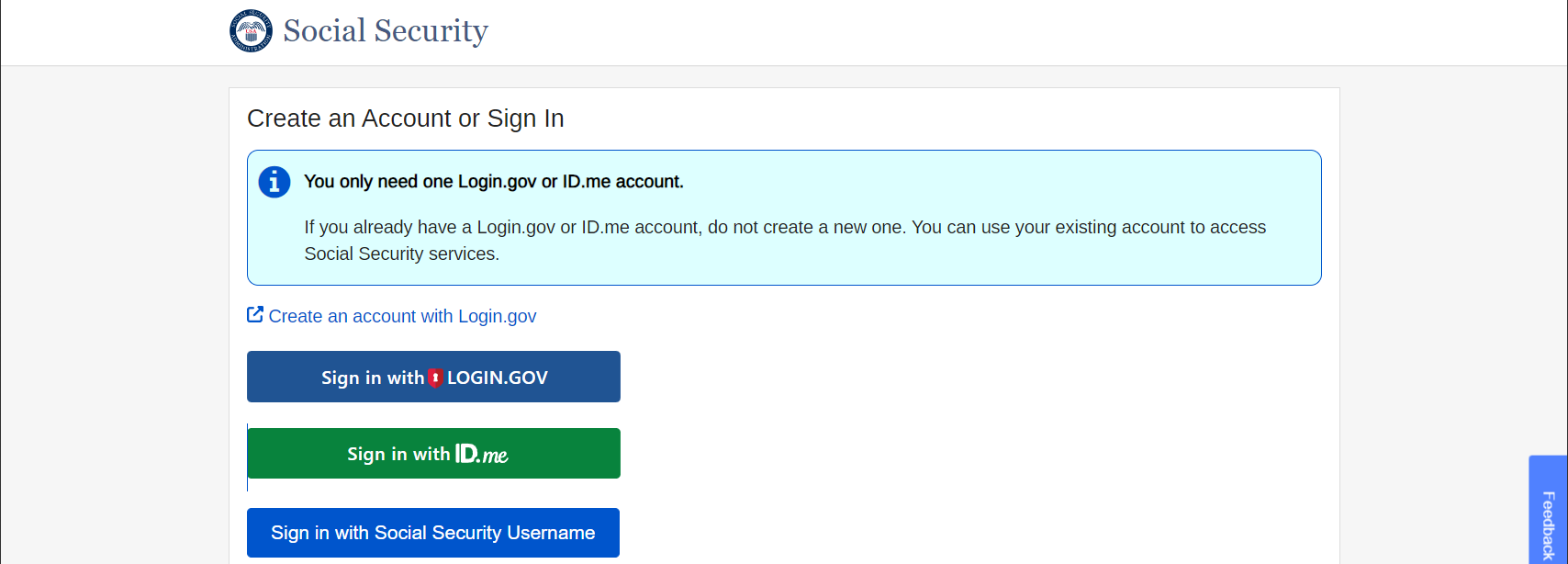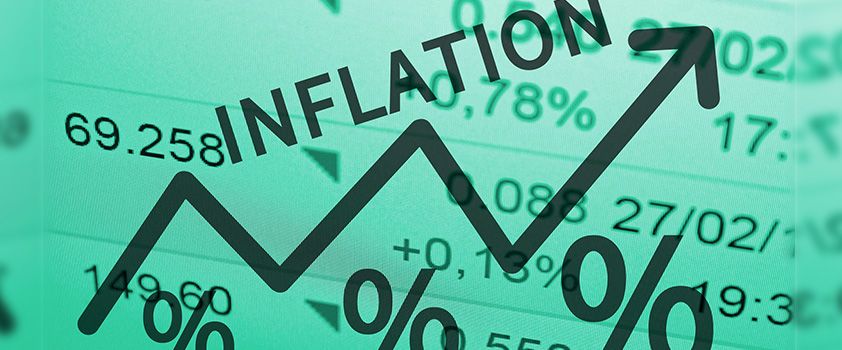INHERITED IRA's IRS Changes RMD Rules: What You Need to Know
This is a subtitle for your new post

RMD's rules have been a topic of many discussions for the last few years within the advisory community with the enactment of the Secure Act 1.0 and the Secure Act 2.0 and then various updates to it from there. Its enough to make your head spin. Today we hope to provide some of the latest updates for you.
Please see the information below that was provided by Slott Report.
By Sarah Brenner, JD
Director of Retirement Education
On July 18, 2024, the IRS issued final required minimum distribution (RMD) regulations under the 2020 SECURE Act. The newly issued regulations fine-tune existing rules for trust beneficiaries and aggregation of RMDs. They also eliminate burdensome rules for certain spouse beneficiaries and documentation requirements for certain IRA beneficiaries. However, the 260 pages of final regulations keep the majority of the 2022 proposed regulations intact, including one provision that has generated a lot of controversy. The IRS is standing firm and maintaining the requirement that some beneficiaries must take annual RMDs during the SECURE Act’s 10-year payout period.
When the SECURE Act became law in 2020, most nonspousal beneficiaries lost the ability to stretch payments over their life expectancy. Instead, these beneficiaries became subject to a 10-year payout rule. In the wake of the SECURE Act, the IRS proposed regulations took the controversial position that if the account holder died on or after his required beginning date for taking RMDs, then annual RMD payments must continue to the beneficiary during the 10-year period.
The IRS based its interpretation on a long-standing provision in the tax code often referred to as the “at least as rapidly rule”. This rule requires annual RMDs to continue once they have started. Many believed this rule went away with the SECURE Act, but apparently the IRS thought differently. Due to all the confusion its interpretation caused, the IRS waived RMDs during the 10-year period for beneficiaries for the years 2021, 2022, 2023, and 2024.
In the newly released final regulations, the IRS is doubling down on its position that these annual RMDs are required. They must be taken starting in 2025. However, the IRS will not impose penalties for annual RMDs that were not taken for years before 2025.
Example: Karen inherited a traditional IRA from her mother Linda, who died at age 85 in 2020. Under the SECURE Act, Karen is subject to the 10-year rule. She must empty the inherited IRA account by December 31, 2030. The new IRS final regulations also require her to take annual RMDs based on her life expectancy in years one through nine of the 10-year payout period. Due to the IRS waiver of the penalties for missed RMDs in years 2021, 2022, 2023, and 2024, Karen does not need to take RMDs for those years. However, beginning in 2025 she must take an annual RMD for years 2025-2029 from the inherited IRA.
Sign Up For Our Blog!
Tru Financial Strategies Blog










